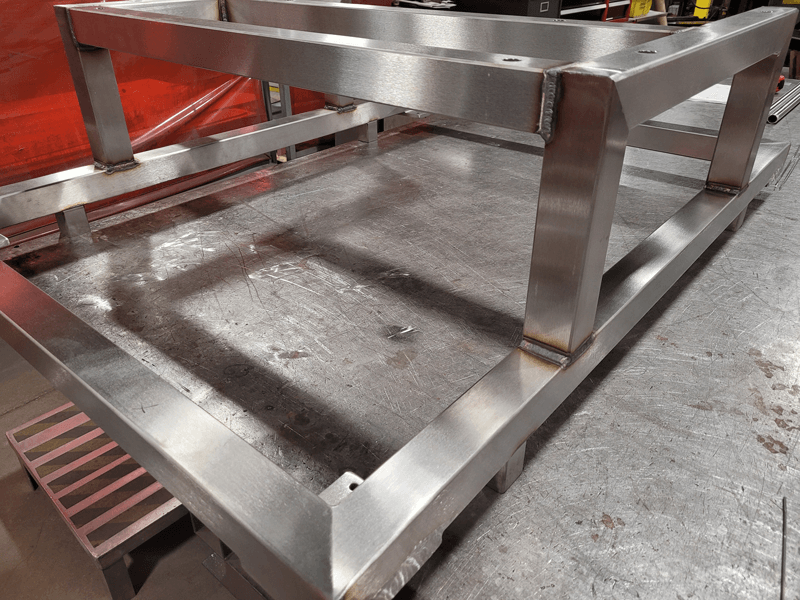Understanding the Chisel: A Comprehensive Guide to Its Types, Uses, and Maintenance
A chisel is a versatile hand tool used for carving or cutting hard materials like wood, stone, or metal. With a sharp edge on one side and a handle on the other, chisels are essential in woodworking, masonry, and metalworking. Choosing the right type of chisel and maintaining it properly can significantly impact the quality and efficiency of your work. In this article, we will explore the different types of chisels, their uses, and how to maintain them effectively. Additionally, we will discuss related tools and materials like geotextiles that can be essential in specific construction and landscaping projects.
What are the Different Types of Chisels and Their Uses?
Chisels come in various types, each designed for specific tasks and materials. Here are some common types of chisels and their primary uses:
- Wood Chisels: These are the most common type of chisels used by woodworkers. They are perfect for carving, shaping, and cutting wood. Subcategories include bench chisels, mortise chisels, and paring chisels.
- Masonry Chisels: These chisels are designed for cutting and shaping stones, bricks, or concrete. Examples include the cold chisel, which is used for cutting metal, and the plugging chisel, ideal for removing mortar between bricks.
- Metalworking Chisels: Used in metalworking, these chisels are harder and more durable to cut, shape, or remove metal. Cold chisels are commonly used for this purpose.
- Lathe Chisels: These chisels are specifically designed for use with a lathe, a machine that rotates the material being worked on. Lathe chisels come in various shapes, like gouges and skews, and are primarily used for woodturning.

Choosing the right type of chisel depends on the material and the specific task you aim to accomplish.
How Do You Properly Use a Chisel?
Proper use of a chisel ensures safety and improves the quality of your work. Here are some steps to follow:
- Select the Appropriate Chisel: Choose the correct type and size of chisel for the material and task. For example, use a bench chisel for woodworking and a cold chisel for metalworking.
- Sharpen the Chisel: A sharp chisel cuts more efficiently and safely. Regularly hone the blade using a sharpening stone or a honing guide to maintain its edge.
- Position and Secure the Material: Ensure that the material you are working on is securely clamped or held in place. This prevents movement during chiseling and reduces the risk of accidents.
- Use Controlled Force: Hold the chisel firmly and apply gentle taps with a mallet or hammer. Avoid using excessive force, which can damage the tool or the material.
- Chisel Away from the Body: Always work away from your body to prevent accidental injuries.
How Do You Maintain and Sharpen a Chisel?
Maintaining a chisel involves regular cleaning, sharpening, and proper storage. Here’s how to keep your chisels in top condition:
- Cleaning: After each use, wipe the chisel clean to remove any debris, dust, or residue. This prevents rust and corrosion.
- Sharpening: Regularly sharpen your chisels using a sharpening stone, honing guide, or diamond stone. Start with a coarse grit to reshape the blade and move to finer grits for a polished edge. Ensure the bevel angle is maintained during sharpening.
- Storage: Store chisels in a dry, organized space, preferably in a chisel roll or box. This prevents moisture exposure and accidental dulling of the blade edges.
Proper maintenance extends the life of the chisel and ensures optimal performance for every project.
How Are Chisels Used in Construction and Landscaping Alongside Geotextiles?
Chisels play a vital role in construction and landscaping, especially when precision is required. They are often used alongside other materials like geotextiles in these fields:
- Foundation Work: In construction, chisels can be used to shape and cut stones or bricks while installing foundations. Geotextiles, meanwhile, provide stability, separation, and drainage control when laying foundations on uneven ground.
- Paving and Stonework: Chisels are indispensable tools for cutting and shaping stones or bricks to fit specific patterns in pavements or walls. Geotextiles are laid beneath these structures to prevent weed growth, improve water drainage, and extend the longevity of the pavement.
- Landscaping Features: When creating features like stone retaining walls or garden paths, chisels allow for precise cuts and fitting of materials. Geotextiles underneath these structures help in soil stabilization and erosion control, ensuring a durable and aesthetically pleasing landscape.
Combining the use of chisels and geotextiles in construction and landscaping enhances project durability, aesthetics, and functionality.
Chisels are essential tools for woodworking, masonry, and metalworking. Understanding the different types of chisels and their specific uses, as well as how to maintain and sharpen them, is crucial for achieving quality results. In construction and landscaping, chisels are often used alongside materials like geotextiles to create stable, durable, and visually appealing structures. Proper use, care, and the combination of these tools and materials can significantly impact the effectiveness and longevity of your projects.



